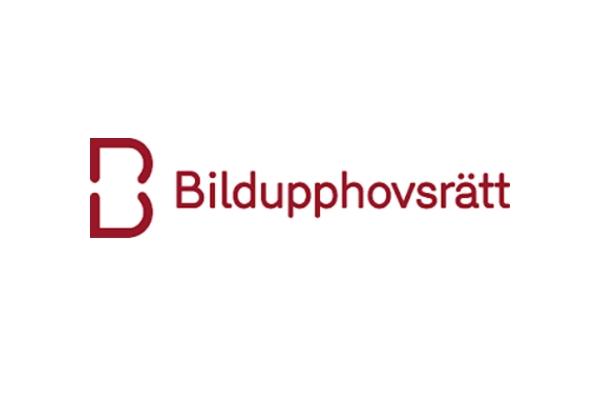Sweden: Bildupphovsrätt Wins Key Decision in Copyright Battle with Wikimedia

In a statement on 4 April, Sweden’s Supreme Court issued their decision in an important matter of principle regarding the interpretation of a restriction in the Swedish Copyright Act. The Court, while finding in favour of Bildupphovsrätt, considered the issue of whether public outdoor art can be made available to the general public online without the need to pay artists or ask their permission.
In their ruling, the Court declared that artists are entitled to be asked for permission and to receive payment when their works are published online, when this relates to artworks that are permanently placed in or at a public place outdoors. The ruling states, among other things, that an open database of artworks has commercial value and that this value should be reserved for the artists behind the works. The Court found that, under the Copyright Act in its present form, the right to exploit these works using new technology remains with the artists.
Commenting on the Supreme Court’s decision, Bildupphovsrätt Chairman Åsa Berndtsson stated:
The Supreme Court’s judgement is important for visual artists who need payment for their work. For the artists, every payment from Bildupphovsrätt is a genuine financial contribution. This is about who decides over the artists’ works; the artists themselves or the big players on the internet.
CISAC Director General Gadi Oron added:
We are delighted that Bildupphovsrätt has won this major victory in the case against Wikimedia Sweden. Every artist needs to be paid for every use of their works. It is a matter of principle, not a question of technology, and we stand fully behind our member Bildupphovsrätt and the 90,000 artists they represent. This is an important step in the continued discussion about protecting artists against the so-called freedom of panorama.